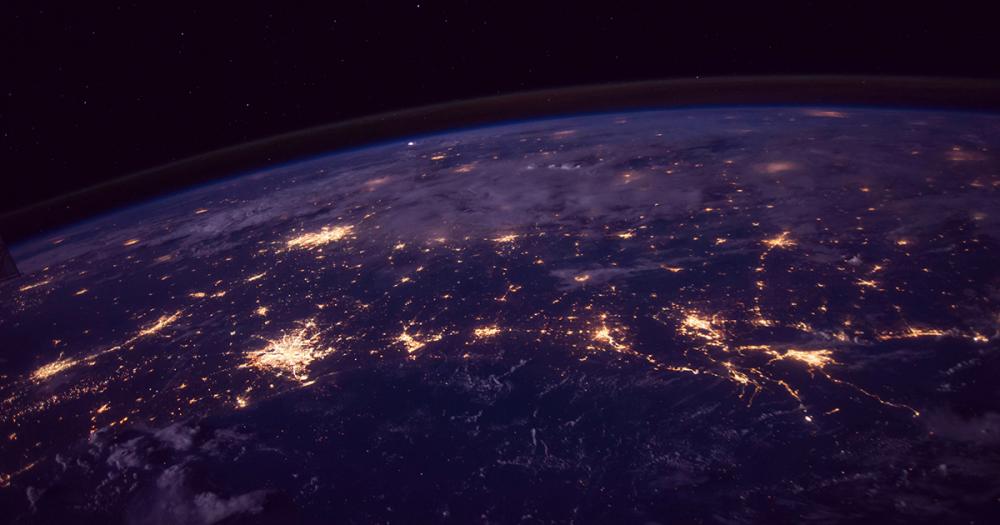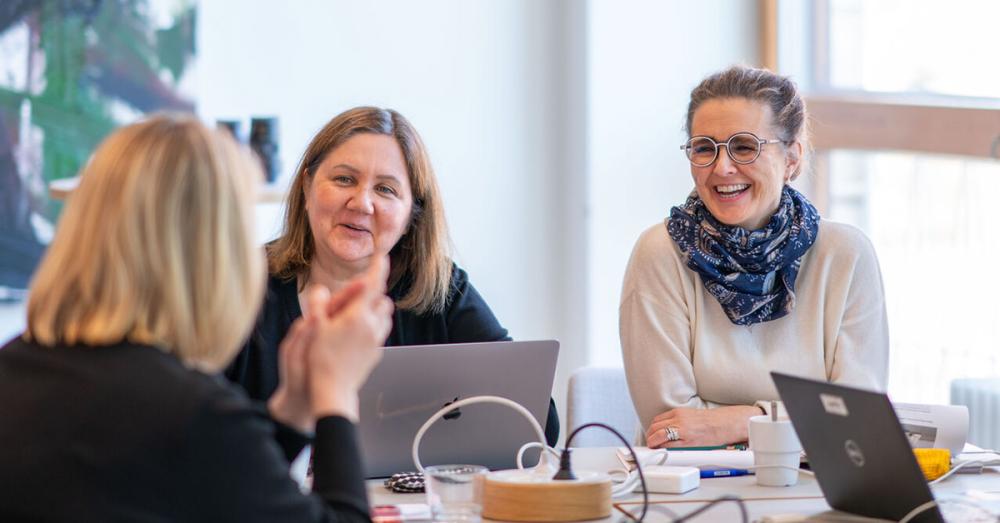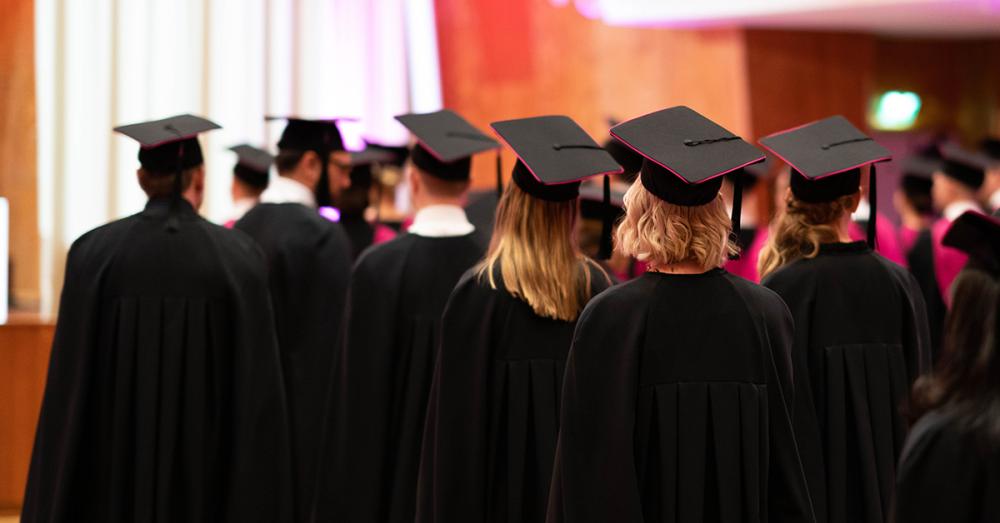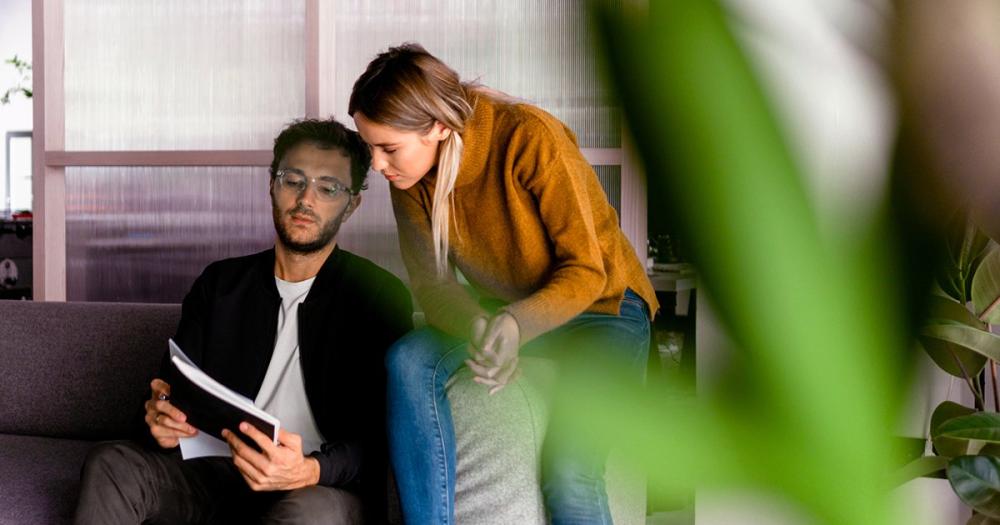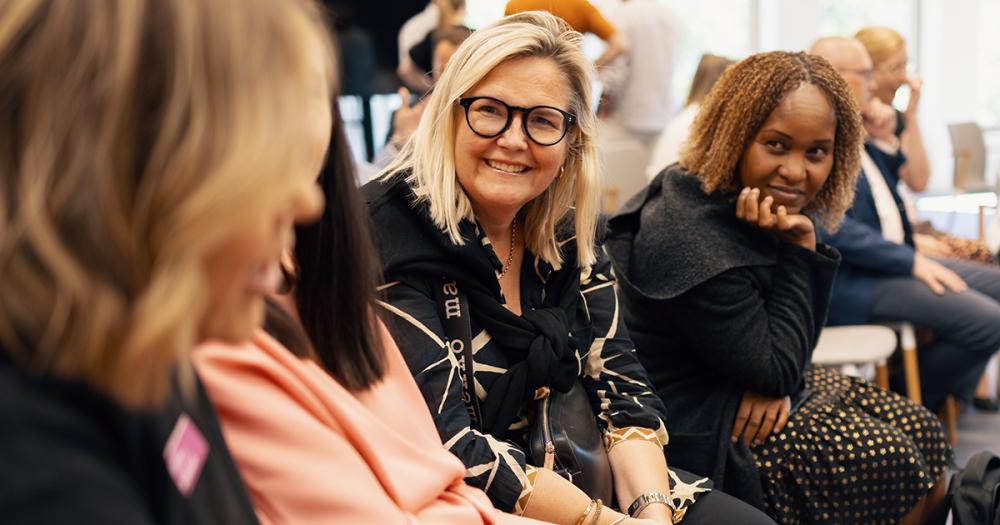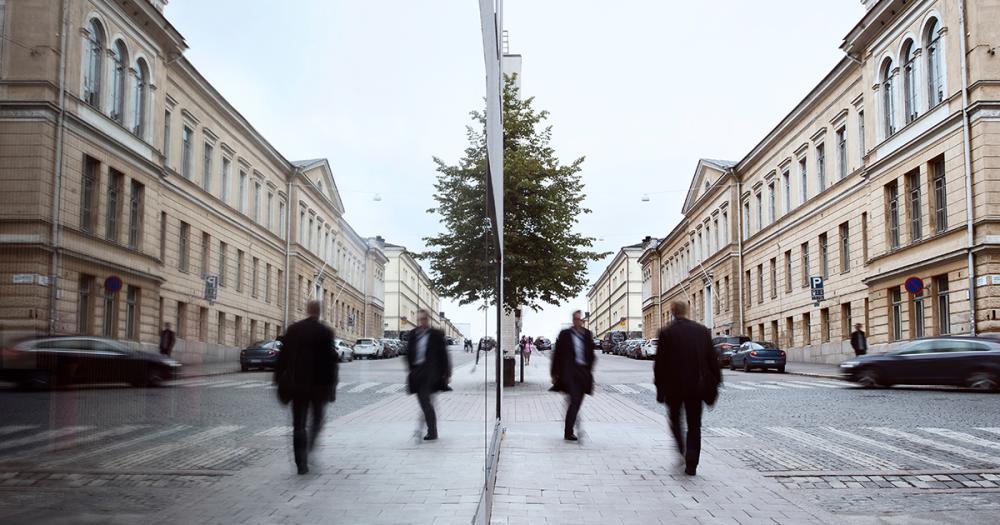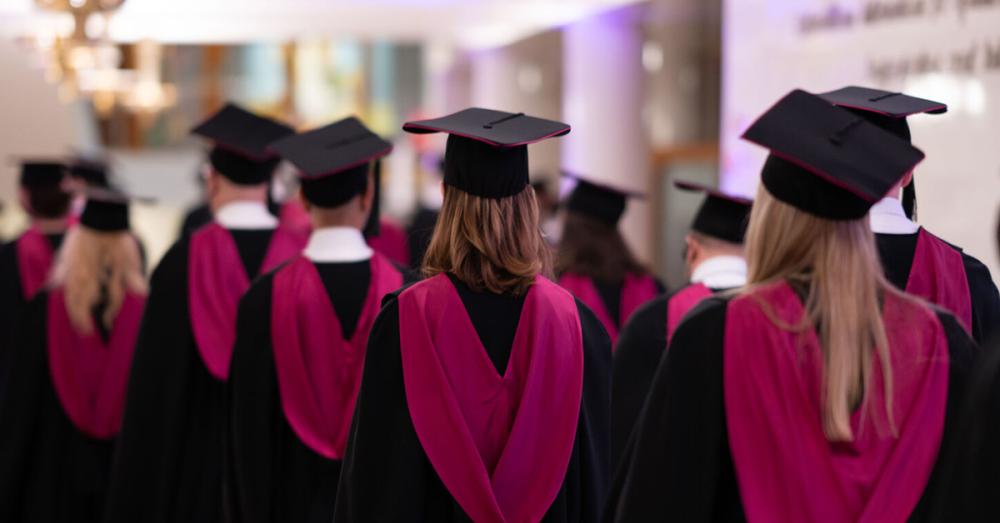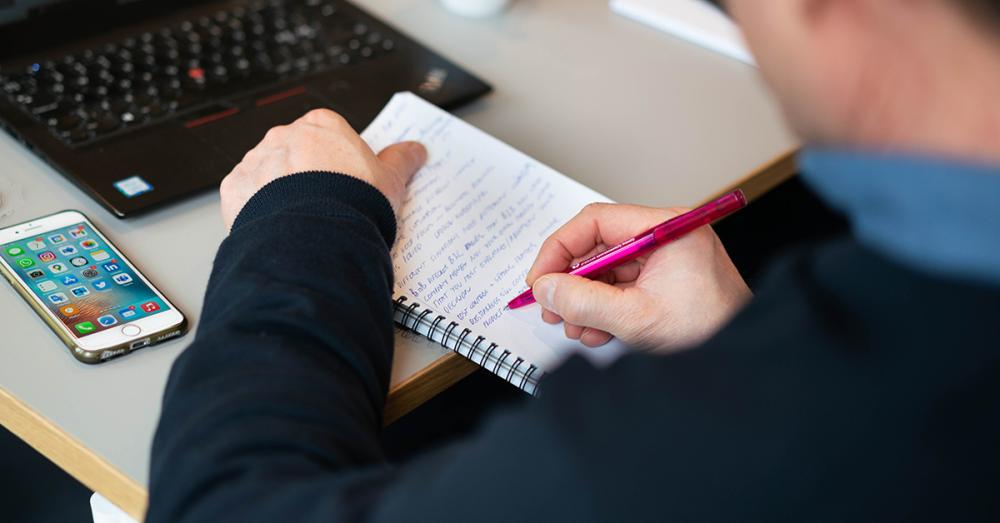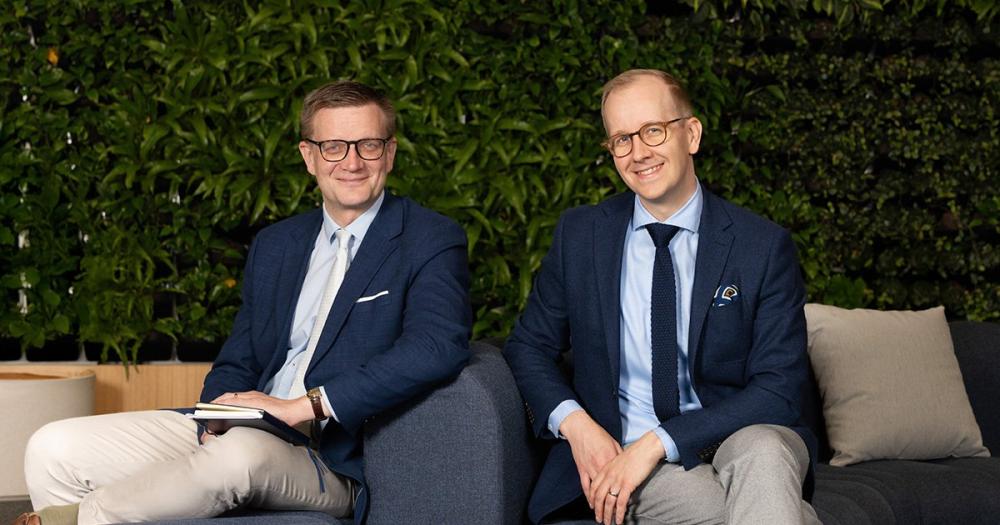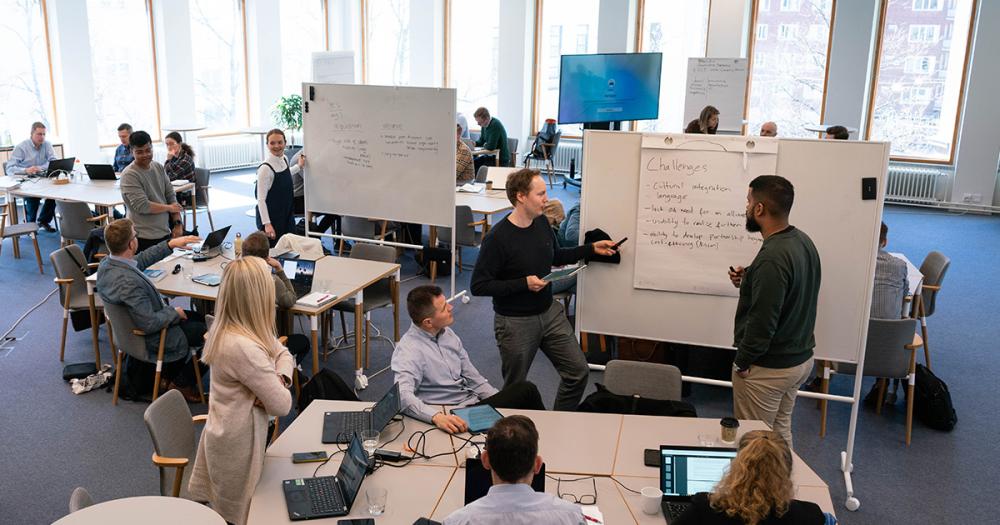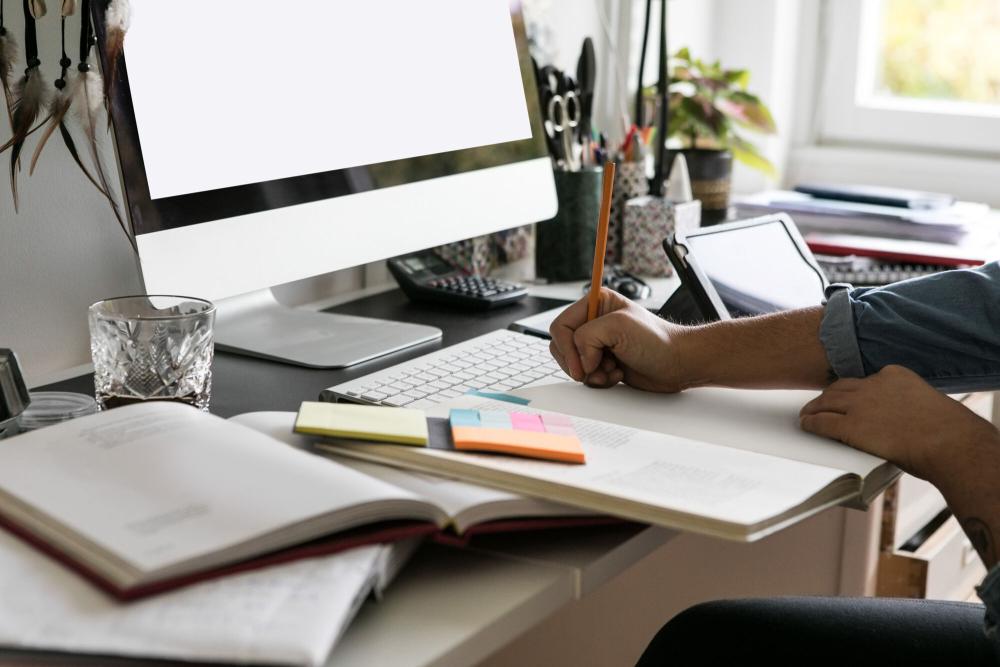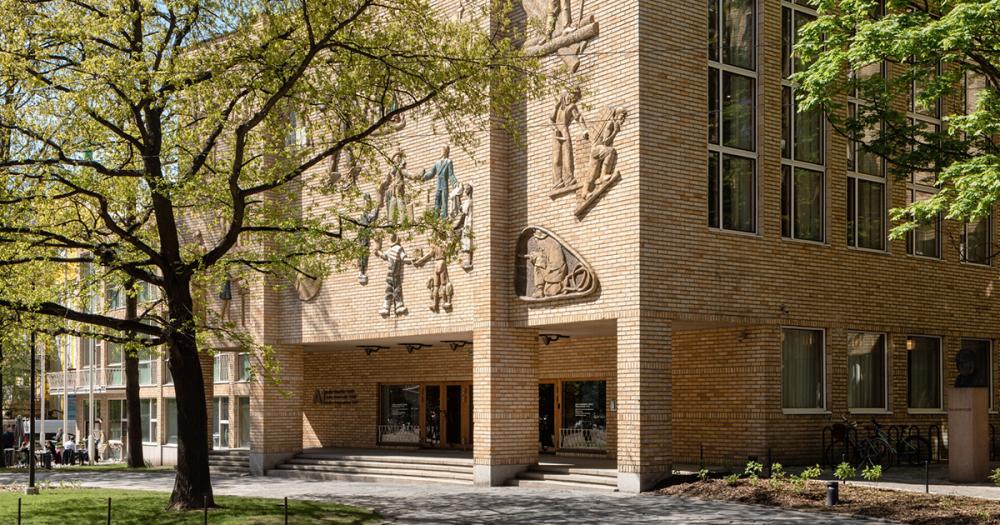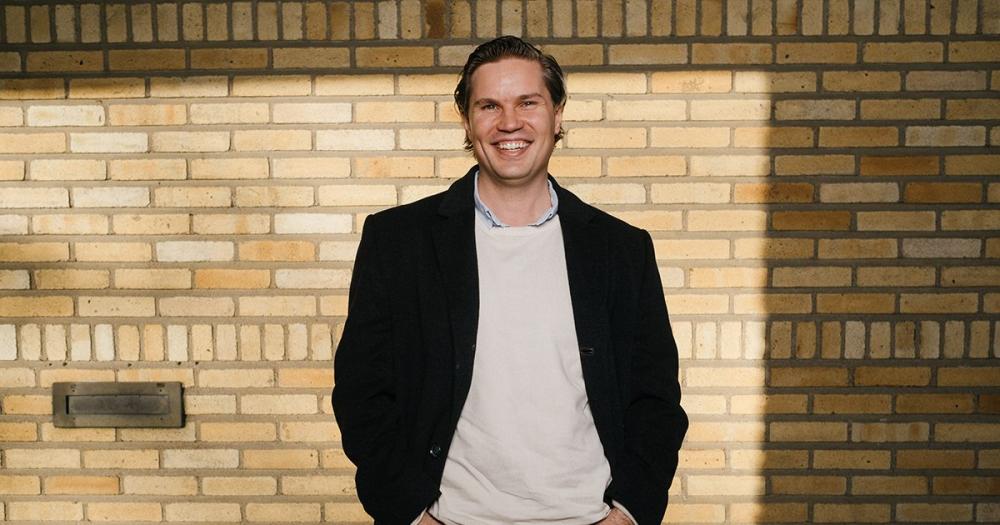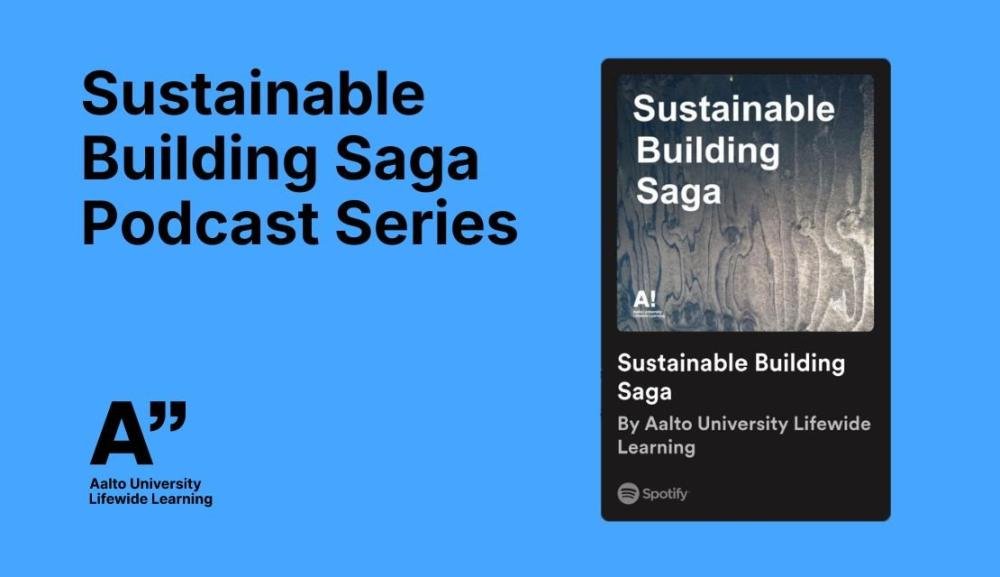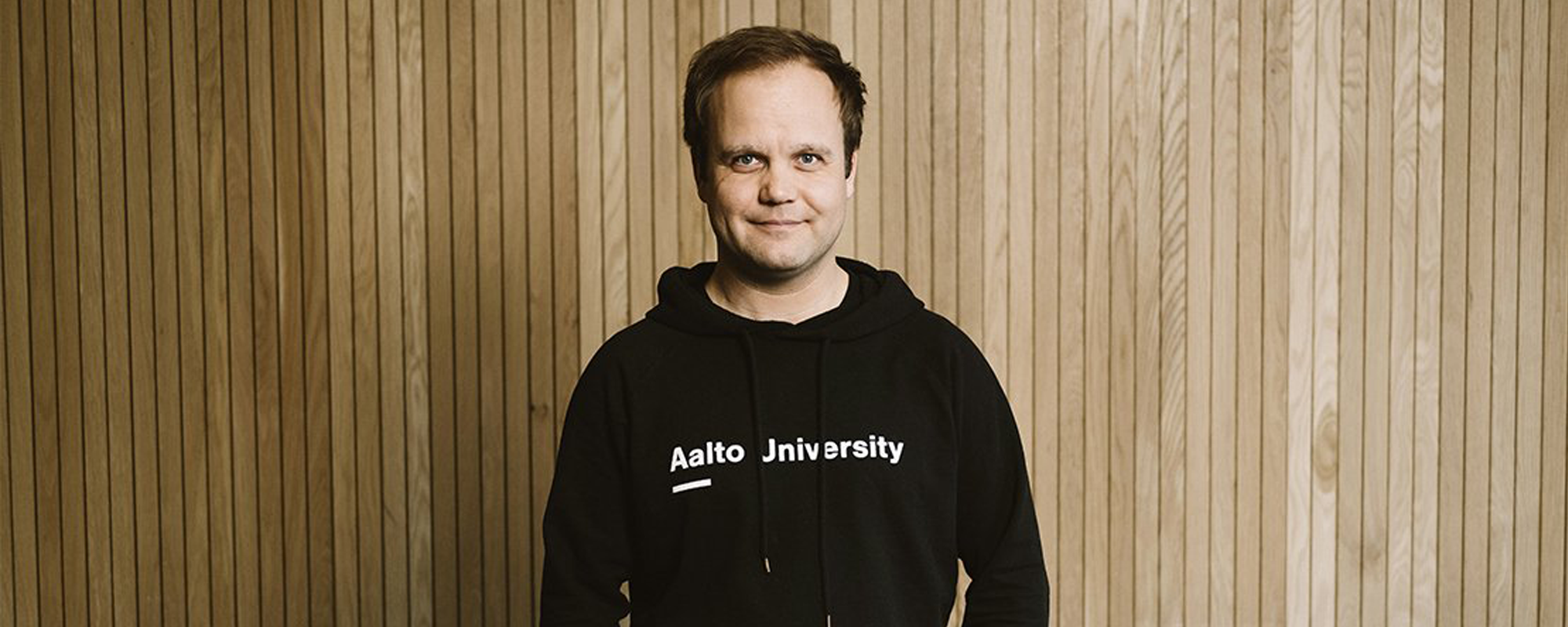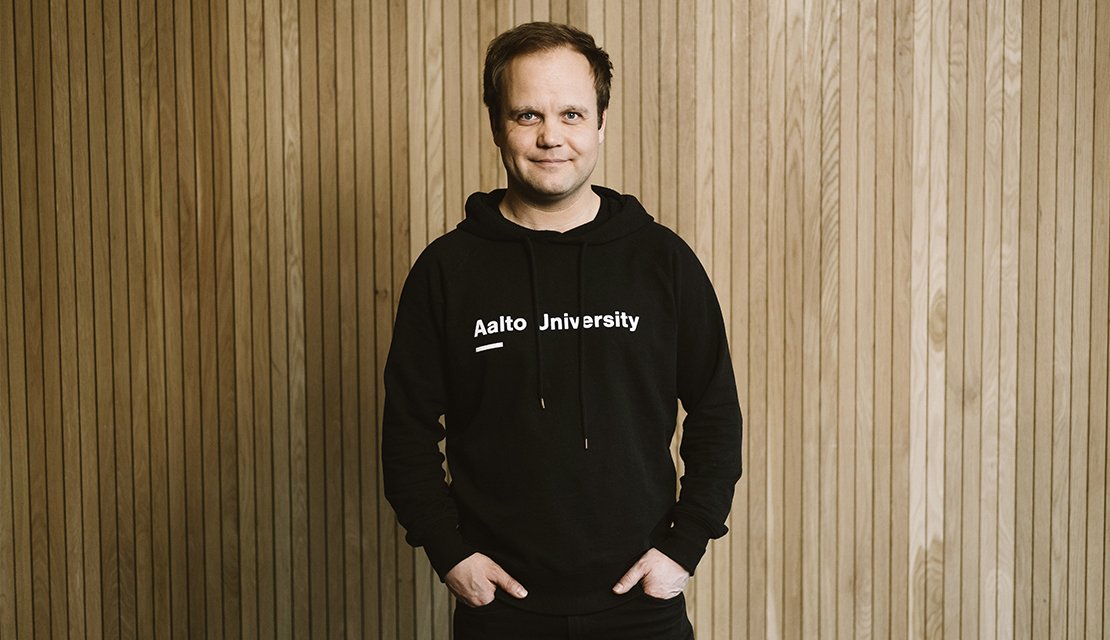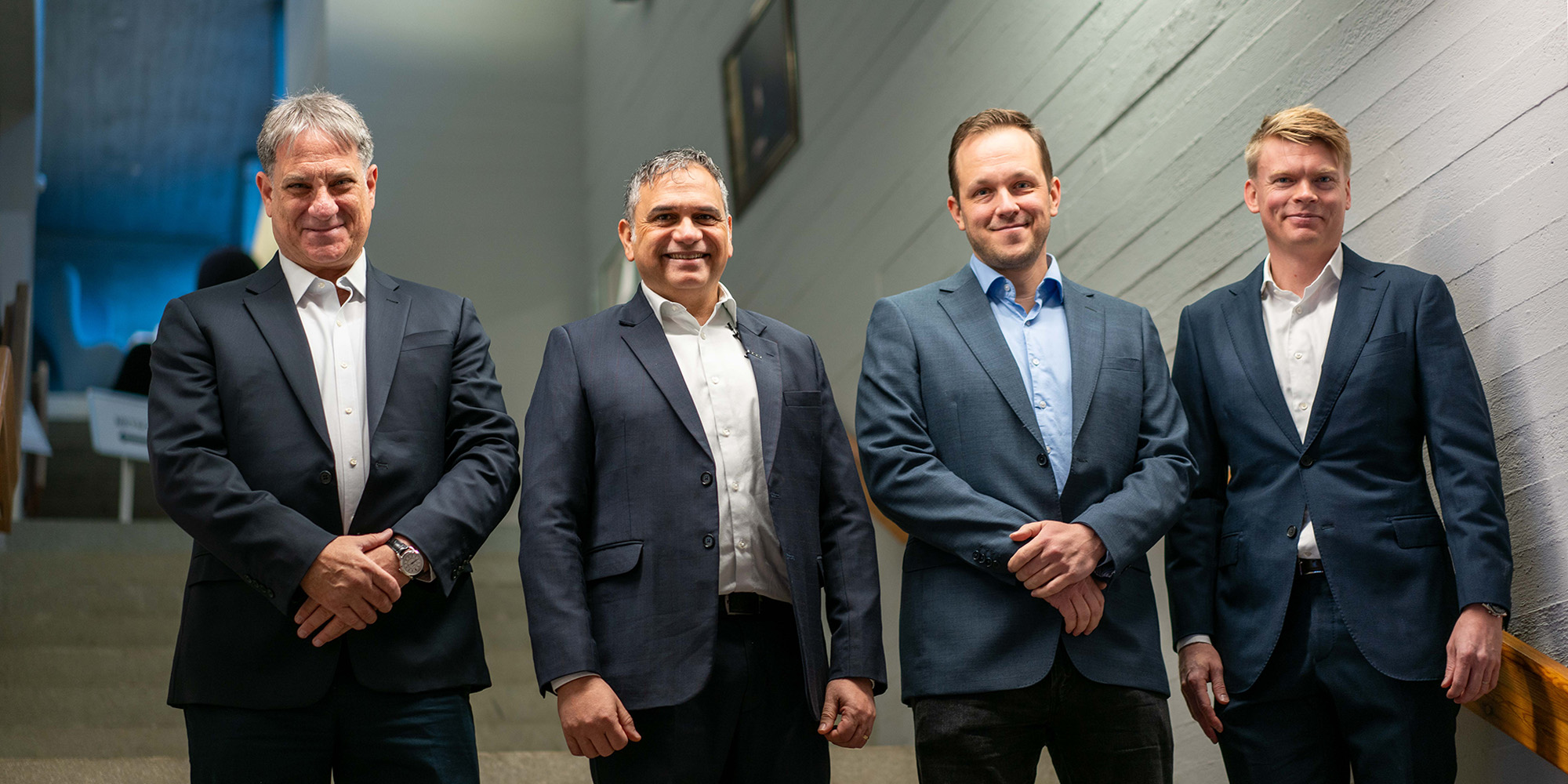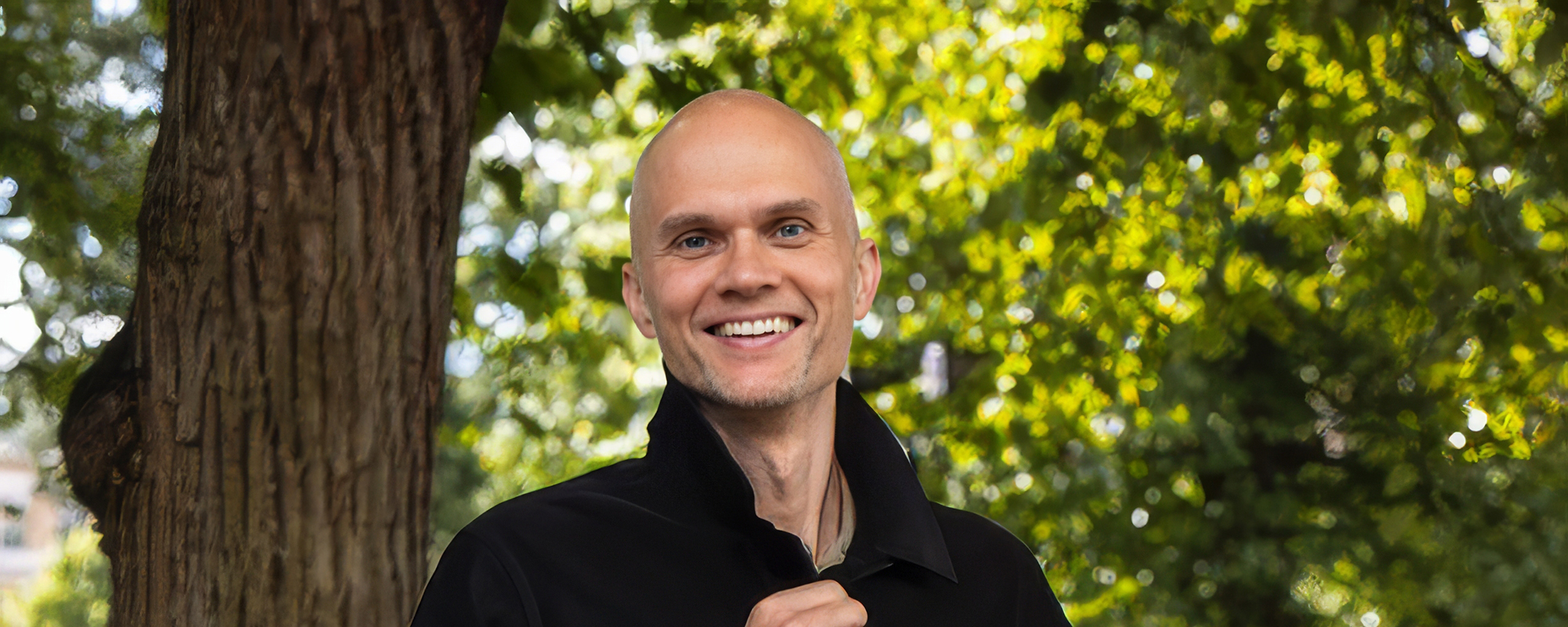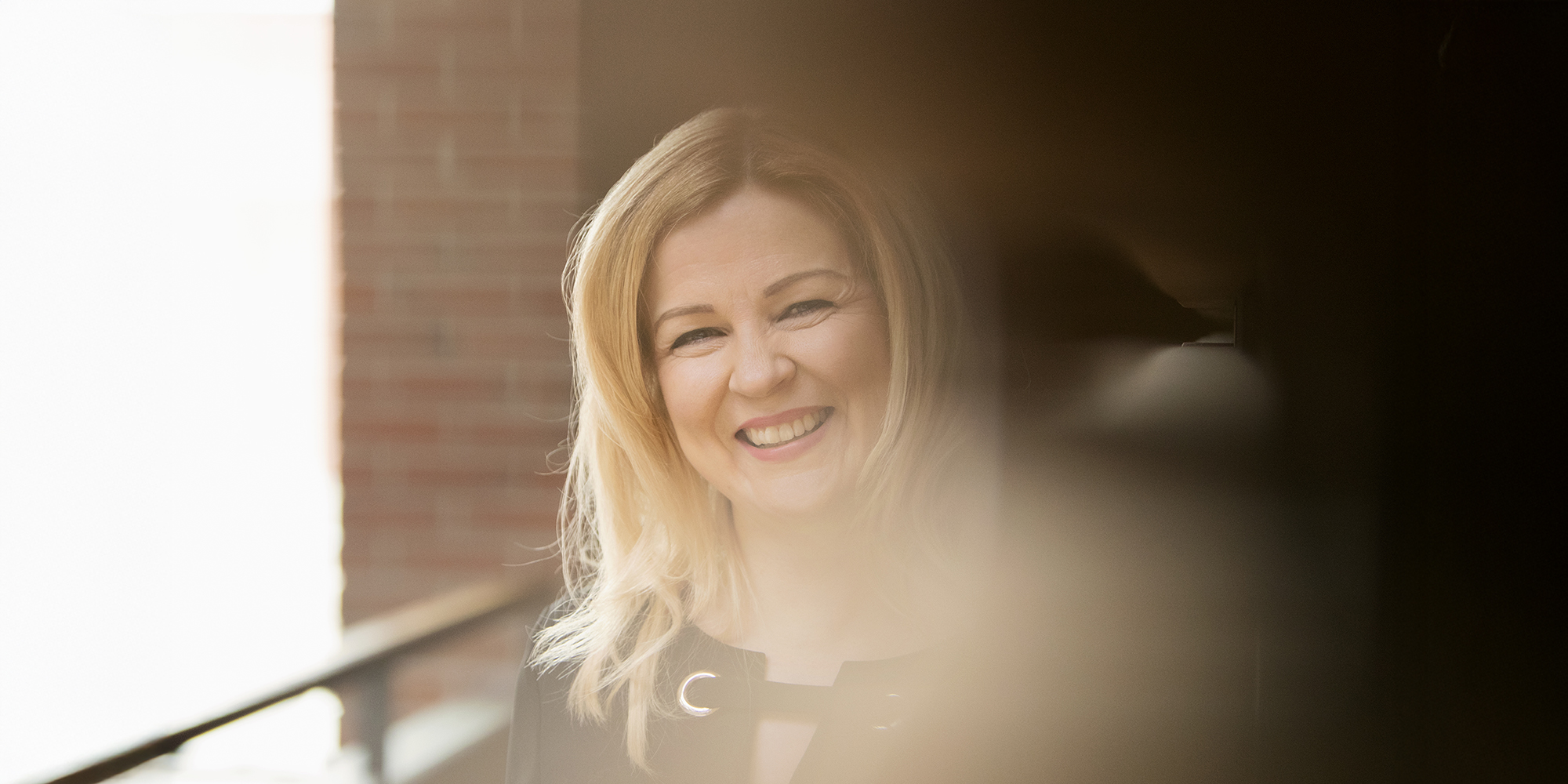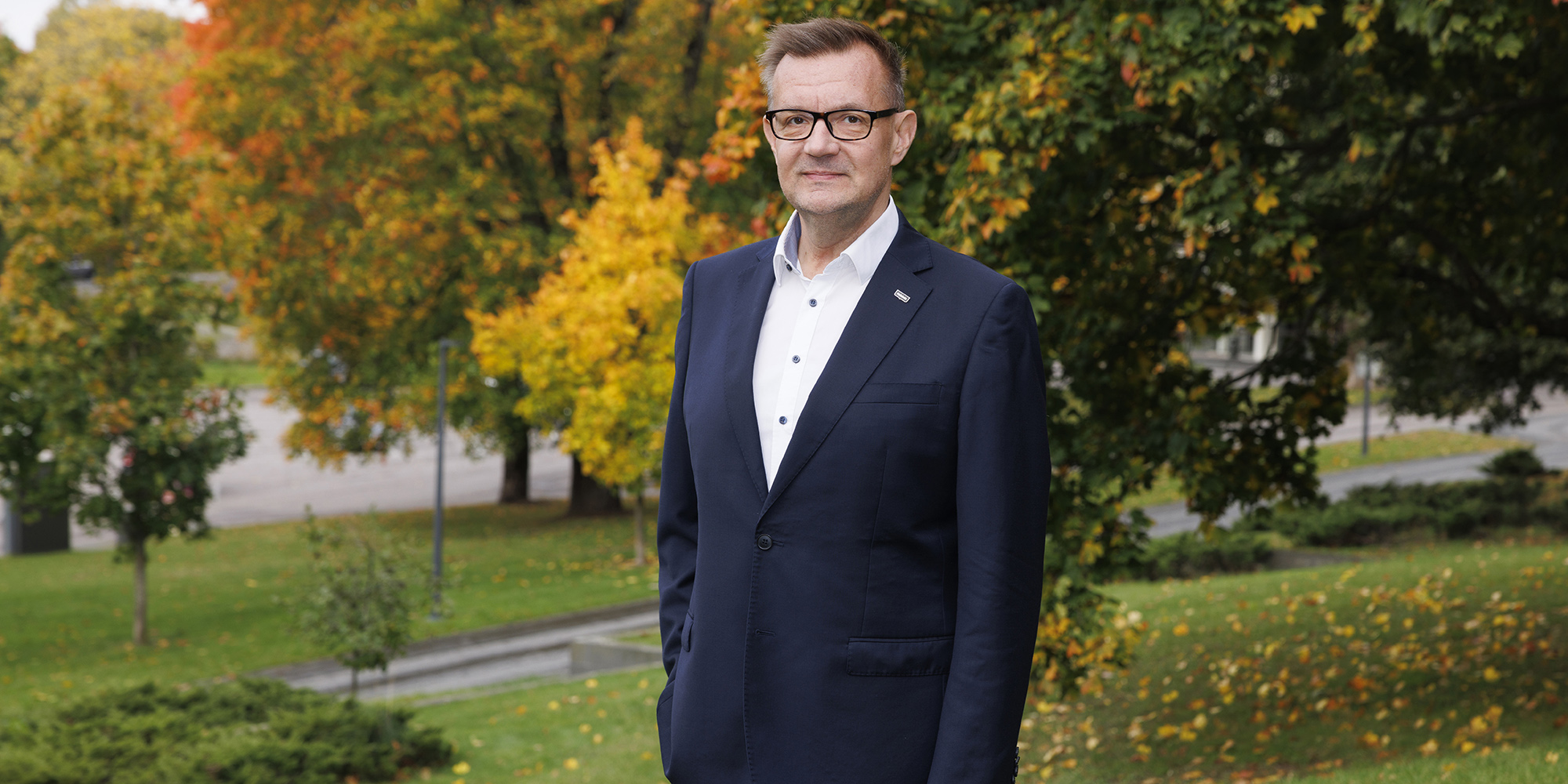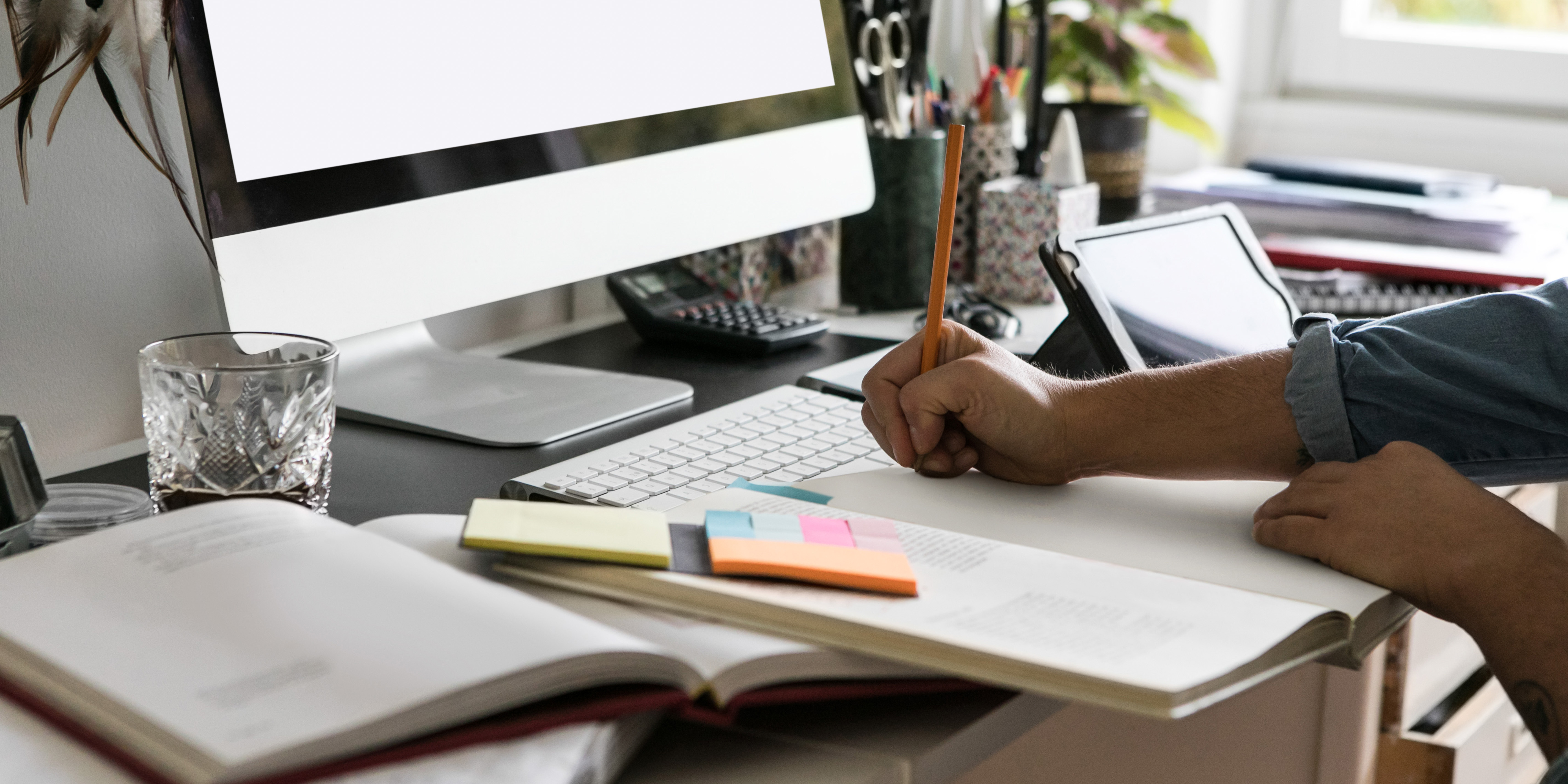We like to keep things pleasant and incremental
Radical creativity goes far beyond small adjustments to existing practices. It questions established patterns and challenges familiar assumptions—something quite necessary in a world where global challenges seem resistant to conventional solutions.
Most of us, of course, agree with these bold aims, but how often does your team actually engage in meaningful disagreement about the fundamentals? "Rarely," is the common answer. And it is because we keep holding ourselves back.
We are all different, bringing our own particular traits and perspectives to our work together. But in professional environments, we mostly tend to soften our differences to keep things pleasant. Yet these differences — these points where we don't quite align—often contain the foundations of radical creativity. The challenge is finding ways to use the frictions constructively rather than letting things become too chaotic.
Bring your radical self to the game
Generative AI can serve as an impartial mentor in the creative process and facilitate healthy celebration of differences. Over 18 months, I have developed AI-assisted methods that help teams work with incompatibilities and conflicts in a new way. Similar to how a thoughtful facilitator might encourage different voices in a discussion, the AI helps identify patterns and potential areas of healthy tension that often remain hidden beneath professional courtesy.
My approach includes three connected parts. The Team Conflict Trigger Analysis helps identify individual sensitivities and interpersonal friction points, suggesting how these might contribute to creative thinking. The Psychological Safety Building aspect suggests ways to create environments where people feel comfortable expressing different opinions without worry. Finally, Individual Development Plans offer specific suggestions for each team member to contribute their unique perspectives while working effectively with others.
But does it help us?
The results appear promising. Used in 10 different real-world situations—ranging from small five-person teams to larger 55-person classes across various educational backgrounds—my approach has become an important part of creativity-related courses at Aalto Executive Education and Aalto University's Master's education. Participants predominantly report positive experiences, and my research continues to develop with new funding focused on the relational aspects of generative AI.
Many significant advances throughout history have come not from complete agreement but from productive differences of opinion. With AI as a thoughtful assistant in this process, we might find new ways to benefit from creative frictions when addressing complex problems – and new ways to unlock our radical creativity potential.
